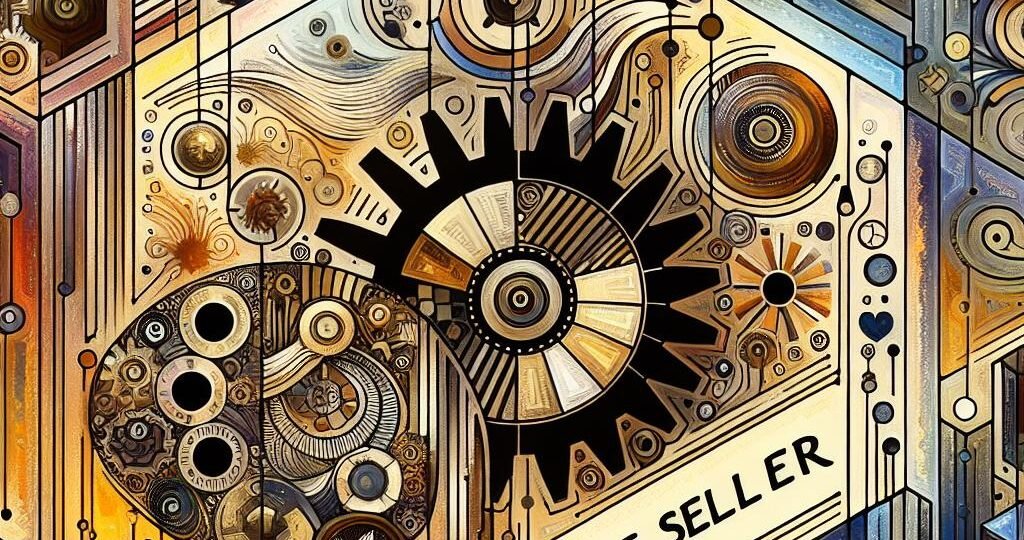The Ultimate Guide to Best Sellers: Understanding What Makes a Product Successful
When we hear the term “best seller,” we often think of books that top the New York Times Best Seller list or movies that break box office records. However, the term “best seller” extends beyond the world of literature and film to encompass a wide range of products across different industries. In this comprehensive guide, we will explore what it means to be a best seller, the factors that contribute to a product’s success, and practical tips for creating your own best seller.
What is a Best Seller?
At its core, a best seller is a product that consistently performs well in terms of sales volume. Whether it’s a book, a movie, a piece of music, or a consumer product, a best seller is any item that has widespread popularity and generates significant revenue for its creators. Best sellers often attract a large and loyal customer base, leading to sustained success and profitability over time.
Key Factors That Contribute to a Product’s Success
Several key factors contribute to a product’s success and its potential to become a best seller. These factors include:
- Quality: A high-quality product that meets or exceeds customer expectations is more likely to become a best seller.
- Marketing: Effective marketing strategies can help create awareness and generate interest in a product, leading to increased sales.
- Target Audience: Understanding the needs and preferences of your target audience is essential for developing a product that resonates with consumers.
- Pricing: Competitive pricing can help attract customers and drive sales, especially in a saturated market.
- Distribution: Making your product easily accessible to customers through various channels can increase its visibility and reach a wider audience.
Benefits of Creating a Best Seller
There are several benefits to creating a best seller, including:
- Increased revenue and profitability
- Enhanced brand reputation and visibility
- Opportunities for expansion and growth
- Greater customer loyalty and retention
Practical Tips for Creating Your Own Best Seller
If you’re looking to create your own best seller, here are some practical tips to help you get started:
- Research your target market: Understand the needs and preferences of your target audience to develop a product that meets their demands.
- Create a high-quality product: Focus on quality and innovation to set your product apart from the competition.
- Implement effective marketing strategies: Use a combination of traditional and digital marketing techniques to promote your product to a wider audience.
- Engage with your customers: Build relationships with your customers through social media, email marketing, and other channels to foster loyalty and brand advocacy.
- Monitor sales and feedback: Keep track of your sales performance and customer feedback to identify areas for improvement and optimize your product strategy.
Case Studies: Examples of Successful Best Sellers
Let’s take a look at some real-world examples of successful best sellers across different industries:
| Industry | Product | Sales |
|---|---|---|
| Books | “Harry Potter” series by J.K. Rowling | Over 500 million copies sold worldwide |
| Technology | iPhone by Apple | Over 2.2 billion units sold since its launch |
| Music | “Thriller” album by Michael Jackson | Over 33 million copies sold worldwide |
Conclusion
Creating a best seller requires a combination of factors, including product quality, marketing strategies, and understanding your target audience. By following the practical tips outlined in this guide and learning from successful case studies, you can increase your chances of developing a product that resonates with consumers and achieves widespread popularity. Remember, becoming a best seller is not just about making sales – it’s about creating a product that leaves a lasting impact on your customers and sets you apart from the competition.

